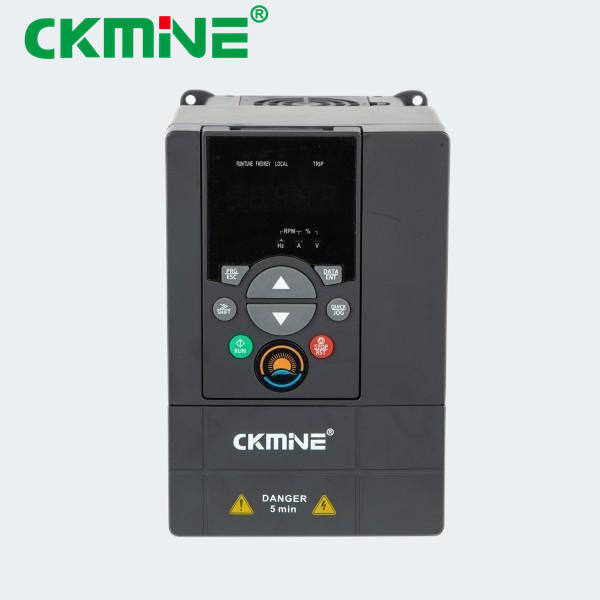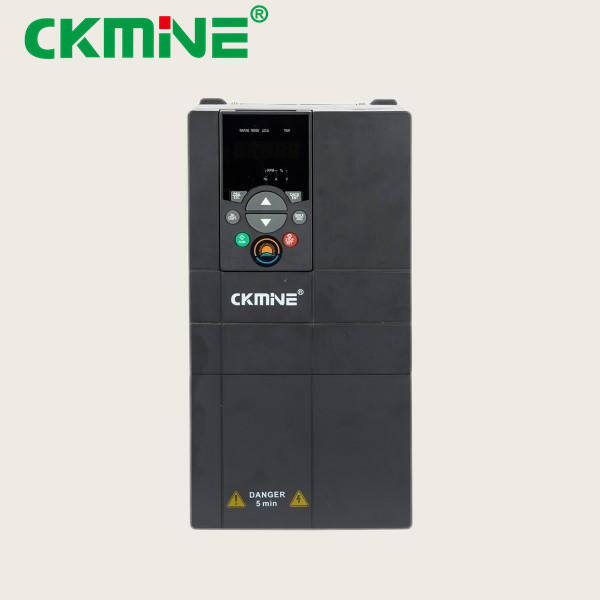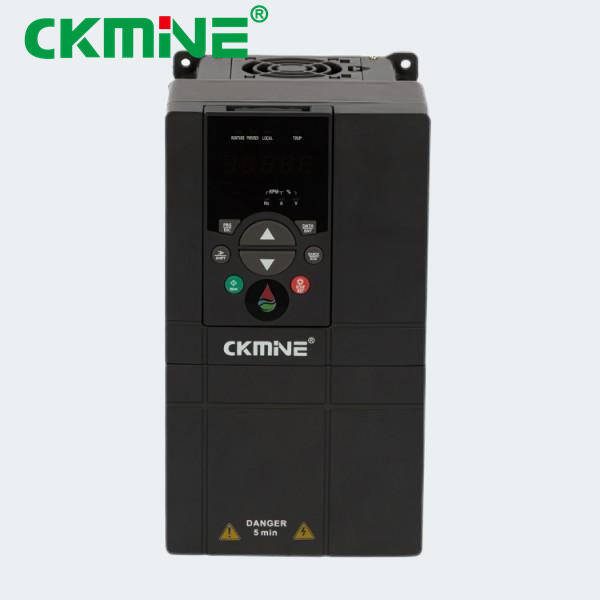Generally, DC AC inverters are pretty awesome little devices that help power a lot of electronic equipment. These little marvels of engineering draw direct current (DC) power from a battery or solar panel and convert it into alternating current (AC) power, which you can use to run all kinds of things.
You may think that DC AC inverters are complex, but when you drill down into them, it is straight forward. DC power is like a line, flowing in one direction, and AC power is like a wave, flowing back and forth. Inverters convert the straight-line DC power to the sine-like AC power that our electronics crave.
DC AC converters are like magical frogs that giving power to our gadgets we like most. They keep our phones and laptops charged and power appliances like TVs and refrigerators. They also help generate renewable energy sources, including solar panels and wind turbines.

There are many benefits to using a DC AC inverter. First, they allow us to have electricity in places where AC power isn’t available when we are camping or hiking. They can also save us money by using direct current power sources, like car batteries or solar panels, rather than depending on the costly alternating current provided by the grid.

When choosing a DC AC inverter there are some key things that you should consider. You want to look at the wattage of the devices you’re going to power, what sort of connections/outlets you will need and ensure the inverter works with the DC power source you want to use.

They are used for many things besides charging electronic devices with a DC AC inverter. They are useful for emergencies, keeping us connected when we go dark or in the wake of a natural disaster. They are also used in industries like telecommunications, transportation and health care to ensure important systems operate smoothly.